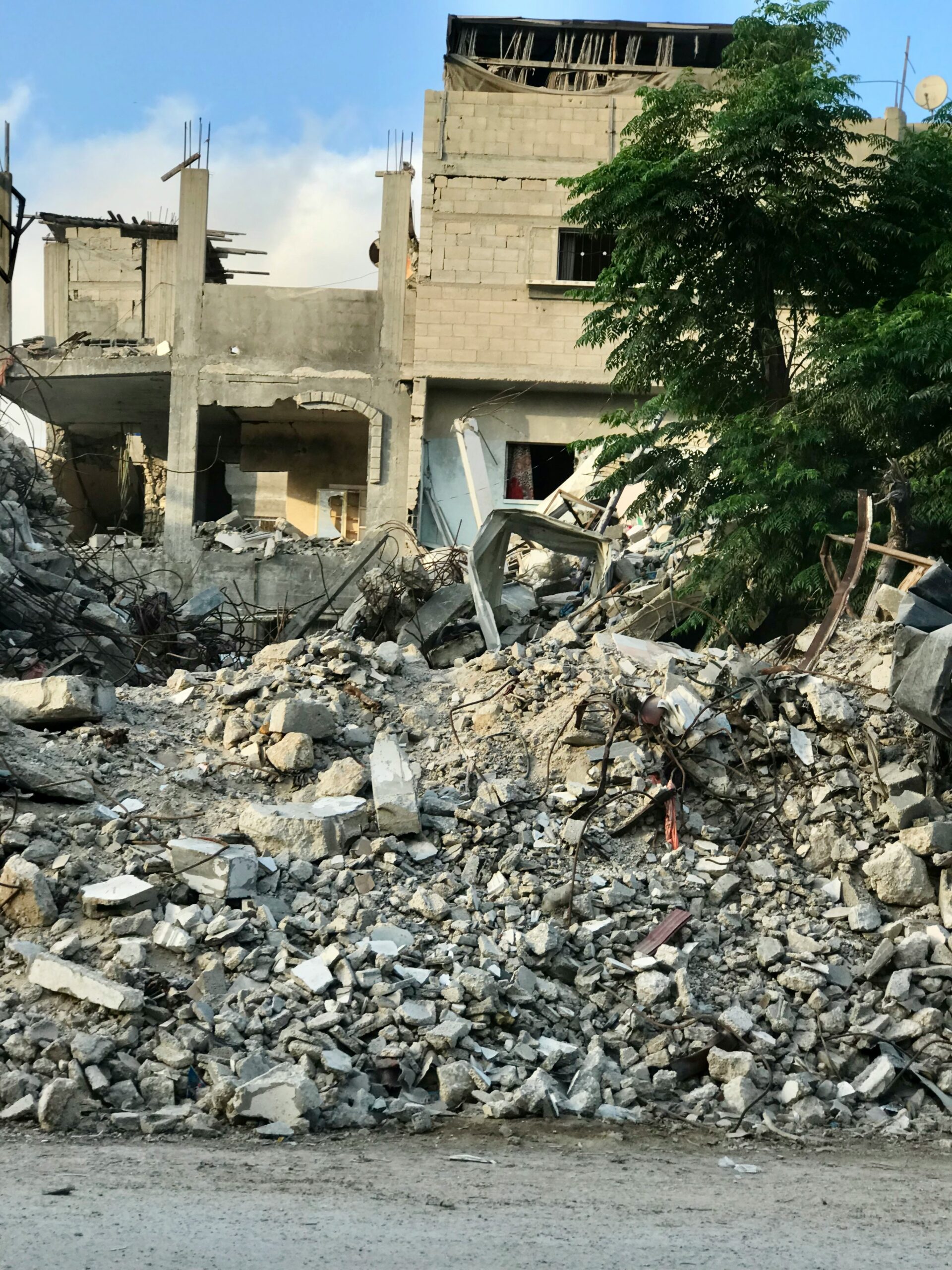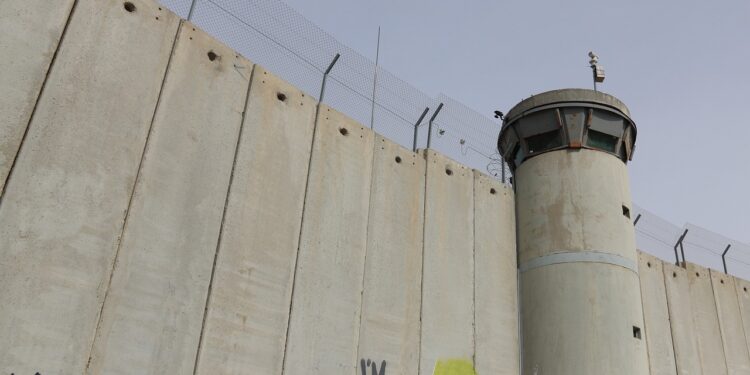The ongoing war in Gaza has been relentless, causing deep concern within the international community due to the severe humanitarian crisis it has triggered. The path to a peaceful resolution remains fraught with significant challenges, raising questions about whether Hamas must be dismantled or if Palestine as a state can persist. Indeed, tensions in the Middle East suggest a broader conflict, with several anti-Israel forces seeking the end of Israel’s presence in the region, though Israel’s military strength makes this an unlikely outcome.
Historical Context and Palestinian Statehood
At the core of the conflict lies the dispute over land, with Palestinians claiming rightful ownership of the territory now occupied by Israel. This issue is still debatable, as Palestine is not universally recognized as a sovereign state.
However, in recent years, international support for Palestinian statehood has grown. Out of the 193 United Nations member states, 146 have moved to recognize Palestine as a state. Despite this support, the issue remains unresolved, with many countries advocating and aligning with a two-state solution to end the conflict.

The Two-State Solution: A Path to Peace?
The two-state solution, first proposed in the 1991 Madrid Conference and later outlined in the 1993-95 Oslo Accords, has long been viewed by the international community as the most viable path to resolving the Israeli-Palestinian conflict. This framework envisions Israel and Palestine coexisting peacefully within the territory as two separate states.
On Friday, foreign ministers from several Muslim and European countries will meet in Madrid to discuss how to implement the two-state solution. Norwegian Foreign Minister Espen Barth Eide highlighted key issues on the table, including the “establishment of a Palestinian state or a credible path towards it,” and strengthening Palestinian institutions. Another critical issue under discussion is the demobilization of Hamas, the group that controlled Gaza before the current conflict, with the aim of removing them as a military force in the region.
International Involvement and Diplomatic Efforts
The Gaza Contact Group—an initiative led by the Arab League and the Organization of Islamic Cooperation (OIC)—includes countries such as Egypt, Saudi Arabia, Qatar, Jordan, Indonesia, Nigeria, and Turkey. These nations will play a pivotal role in discussions surrounding the two-state solution and the broader goal of peace in Gaza.
Can the Two-State Solution Truly Resolve the Conflict?
Despite widespread support, questions remain about whether the two-state solution can genuinely resolve the deep-rooted conflict. This path will potentially provide a temporary respite. However, it could also lead to internal divisions, transforming the ongoing war into a civil conflict.
The lack of tolerance between the Islamic and Zionist factions is a well-documented issue, the inability of these two factions to cohabit is a known secret. With the presence of Zionist and Islamic extremists, particularly in the Middle East, the two-state solution may not be enough to resolve the complex and longstanding tensions between these two opposing groups.
Conclusion
While international efforts continue to push for a resolution to the war in Gaza, it remains uncertain whether the two-state solution will provide a lasting peace. The intricate dynamics of the conflict, combined with the deep ideological divisions between the parties involved, suggest that any resolution will require not only diplomatic negotiations but also a fundamental shift in the relationship between Israel and Palestine. The coming days will reveal whether this proposed solution can truly pave the way for peace or simply delay further conflict.

















